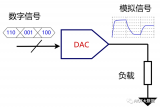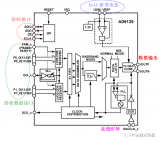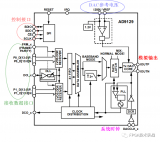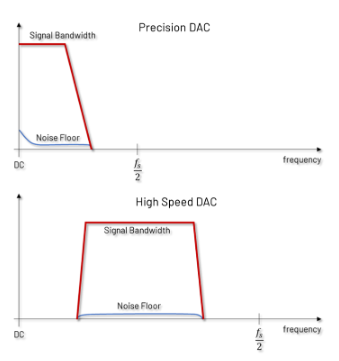I just heard that the folks from Xilinx will have a major presence at theDesign Automation Conference (DAC) this year. I attended my first DAC way back in the mists of time in 1985, when I was a bright-eyed, bushy-tailed young engineer. Where did the years go (grin)?
DAC 2012 will be the 49th DAC, which makes it a venerable institution in my book. It tends to move around, but this year it will be held June 3-7 at the Moscone Center in San Francisco.
Did you know that the last time Xilinx (this site's sponsor) had a presence at DAC was in 2002? That's 10 years ago! What has prompted the change in direction? One way to look at this is that DAC is where all the electronic design automation (EDA) vendors go to show off their latest and greatest design and verification tools and technologies.
Generally speaking, most people tend to think of a company like Xilinx only in the context of being a vendor of silicon chips. Over the past few months, it has unveiled some very exciting technology in the form of its All Programmable Devices. Consider the Virtex-7 2000T, which uses 2.5D technology (four FPGA die mounted on a silicon interposer with ~10,000 connections between adjacent dice, all presented in a single package) and provides the equivalent of around 20 million ASIC gates.
Then there's the Zynq-7000 EPP (Extensible Processing Platform), which features a complete hard-core dual ARM Cortex-A9 microcontroller subsystem (with on-chip cache, floating point engines, etc.), along with a host of hard-core interface blocks, a full-up hard-core dynamic memory controller, and a substantial quantity of high-performance programmable fabric.
Of course, the next question is how you capture and verify designs for devices with this level of complexity. To address this issue, Xilinx has spent four years developing (and a year beta testing) a completely new design environment. Known as the Vivado Design Suite, this new IP and system-centric design environment has been created from the ground up to accelerate design productivity for the next decade of All Programmable Devices.
Vivado has so many capabilities that we will be talking about it for years to come. This suite offers features that previously were available only to ASIC and SoC designers. For example, as Brian Bailey wrote in his recent column, "With the launch of the Vivado Design Suite from Xilinx, high-level synthesis (HLS) will stop being a technology that is available only to top-tier design houses that can afford its large price tag."
This explains why the folks from Xilinx are going to be strutting their stuff at DAC 2012. The introduction of the Vivado Design Suite means this company has actually become a major player in the EDA arena.
 電子發(fā)燒友App
電子發(fā)燒友App

































評論